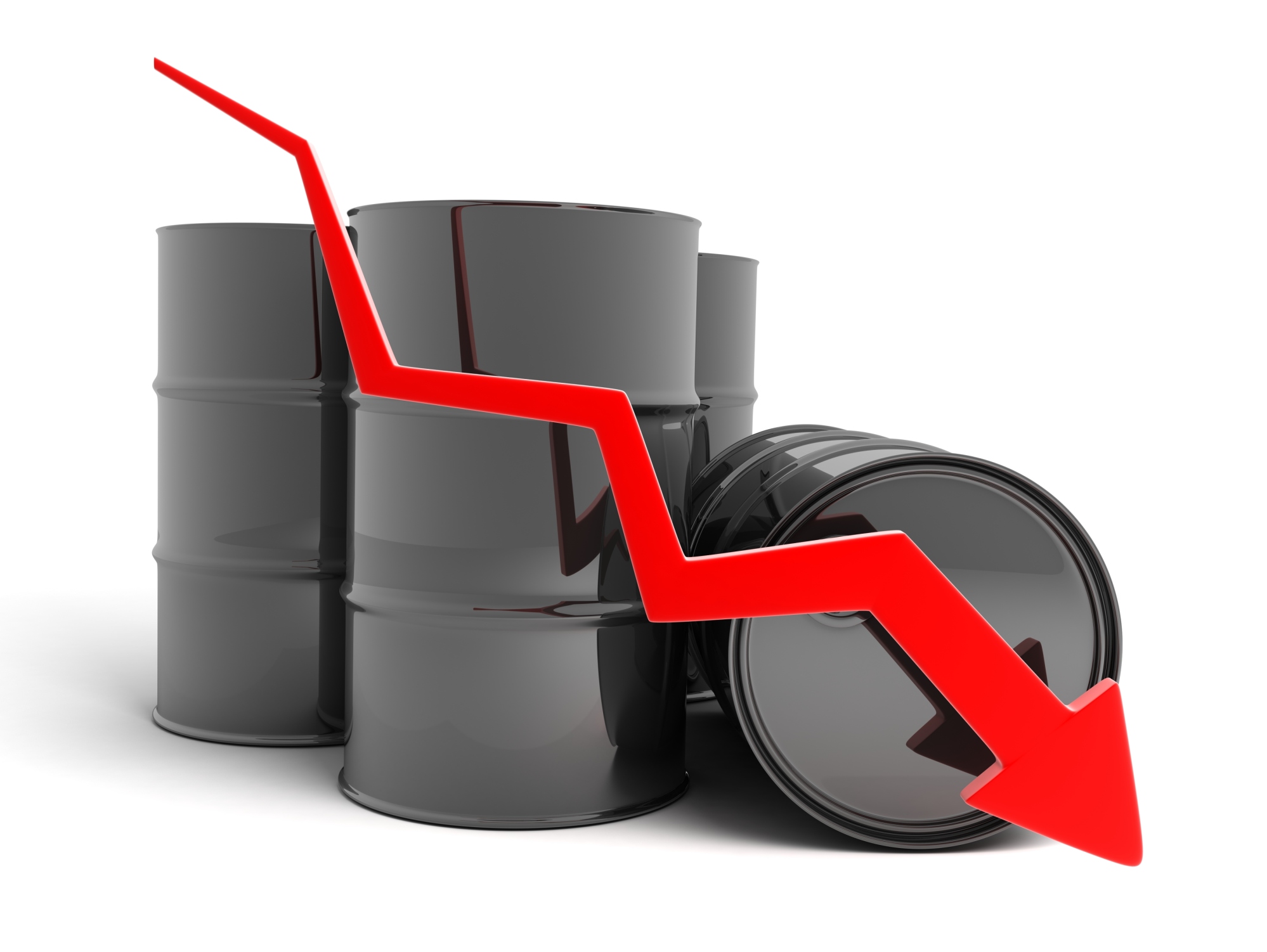After a price recovery that took crude oil prices to over $60 in June from $46 at the start of the year, the price has collapsed again. However, this sell-off has dropped crude to under $39, a multiyear low.
Among the primary reasons for the sell-off are worry about a sharp slowing of the economy in China. It is usually considered the world’s primary consumer of crude. Additionally, many European nations have not made much of a recovery from the recession. Saudi Arabia has not abated its production as oil prices have fallen. U.S. crude inventories have risen as well, which was not widely expected.
Even if many of the largest U.S.-based oil companies, like Exxon Mobil Corp. (NYSE: XOM), have slowed their operations due to lower margins, the industry has posted layoffs and fracking profits have been undermined by the price drop, oil continues to move into the market from sources outside the United States and Saudi Arabia. This is particularly true of South American nations, like Venezuela, which need the income, and Canada, which relies on oil sales for much of its gross domestic product (GDP).
There is a strong theory that lower oil prices help the United States by cutting prices of gasoline, home heating and petrochemicals. Europe is also highly dependent on oil prices for its recovery, since it has little production of its own.
However, the trouble with China’s economy may trump this. As the second largest nation by GDP, its burgeoning consumer markets are important to developed nations that export to China. The same is true of business-to-business companies that sell China infrastructure and construction components.
ALSO READ: Why Natural Gas Is So Cheap — and Why Drillers Keep Producing More
So, the arguments about oil prices swing largely on production by developing nations against China demand.
Many experts do not believe that China is growing at the 7% its government claims. Purchasing managers and manufacturing data seem to confirm this. If China’s growth is well below 7%, it will have entered into a sort of recession, at least by its growth standards. And as Venezuela and Saudi Arabia continue to pump, the tip toward lower oil prices will continue.
The Average American Has No Idea How Much Money You Can Make Today (Sponsor)
The last few years made people forget how much banks and CD’s can pay. Meanwhile, interest rates have spiked and many can afford to pay you much more, but most are keeping yields low and hoping you won’t notice.
But there is good news. To win qualified customers, some accounts are paying almost 10x the national average! That’s an incredible way to keep your money safe and earn more at the same time. Our top pick for high yield savings accounts includes other benefits as well. You can earn up to 3.80% with a Checking & Savings Account today Sign up and get up to $300 with direct deposit. No account fees. FDIC Insured.
Click here to see how much more you could be earning on your savings today. It takes just a few minutes to open an account to make your money work for you.
Our top pick for high yield savings accounts includes other benefits as well. You can earn up to 4.00% with a Checking & Savings Account from Sofi. Sign up and get up to $300 with direct deposit. No account fees. FDIC Insured.
Thank you for reading! Have some feedback for us?
Contact the 24/7 Wall St. editorial team.




